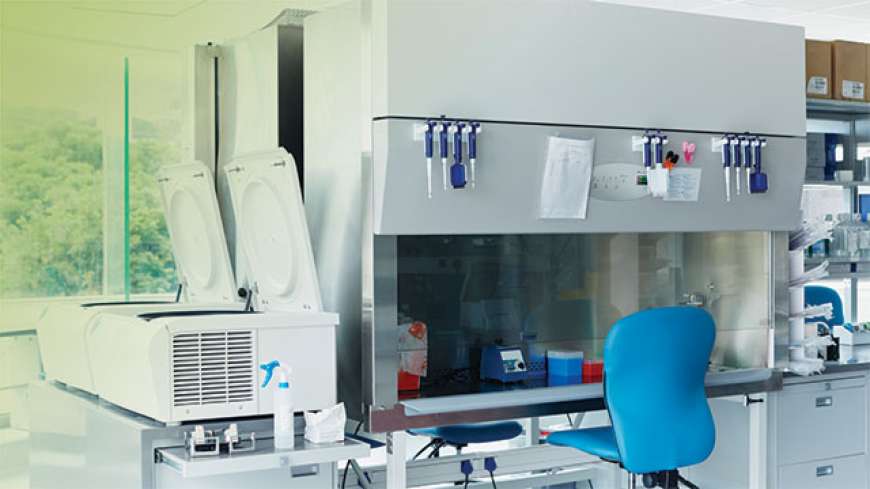Different Types of Laboratory Fume Hoods

Fume hoods are devices that are commonly used in laboratories and research facilities that deal with toxic substances. Their main purpose is to properly ventilate the hazardous vapors and toxic fumes which are produced by certain materials. When working with such dangerous materials, the toxic gases that are emitted can harm the material itself, as well as the operator and the surroundings. Laboratory fume hood prevents such conditions and provides effective protection to the product and the operator from harmful substances.
Fume hoods are enclosed from all sides except the front. The front face also has a movable sash which serves as a protective measure for the operator. They have an air filter and blower mounted at the top, that pulls the air from the surrounding, purifies it and then blows it into the workspace.
Different types of fume hoods
Fume hoods come in different varieties and each type has its own function and uses. These are discussed below:
Constant Air Volume (CAV)
CAV fume hoods have a constant quantity of air blowing through the unit at all times. They can be of three types – non-bypass, bypass and low flow/high performance.
It is important to maintain appropriate face velocity in fume hoods. The face velocity increases as the sash are closed and decrease when the sash is opened wider. A non-bypass CAV simply has an enclosed body and a movable sash. So when the sash is closed, the face velocity can increase to dangerous levels. Thus, the sash can only be opened or closed to a limited extent in non-bypass CAV hoods.
Bypass CAV is designed to overcome the drawbacks of non-bypass hoods. They have an additional opening above the sash that adjusts itself according to the movement of the sash. So even when the sash is opened widely or completely closed, the bypass opening adjusts accordingly to prevent flow velocity form increasing or decreasing.
Low flow/high-performance hoods are an advanced version of bypass CAV hoods that provide better containment of toxic gases, have modern safety mechanisms and are designed to save energy and reduce operational costs.
Reduced Air Volume (RAV)
RAV fume hoods are similar to bypass CAV fume hoods, but there is one difference. The opening of the bypass is partially obstructed in these Benchtop Ductless Fume Hoods which reduces the overall airflow. The decrease in airflow conserves energy uses, but it also increases the possibility of the fumes escaping from the unit. Hence, they are only suitable in specific cases where the materials have very low toxic emissions. While they are useful in cutting down energy consumption, they are a bit compromised in terms of safety and so they have limited applications.
Variable Air Volume (VAV)
VAV fume hoods adjust the volume of airflow in order to keep the face velocity fixed at all times. Thus, the face velocity in such hoods does not change when the sash is opened or closed. They provide optimum protection while also reducing energy consumption. The only downside would be that they are expensive to install initially.
Other than the common types of fume hoods mentioned above, some other specific type of fume hoods also exist, such as perchloric acid, radioisotope, and water wash fume hoods.
- Comment
- Posted by Jennet Davis